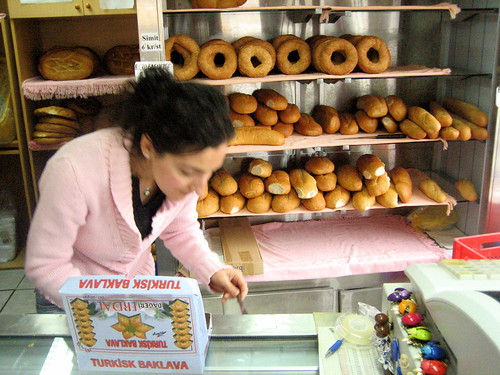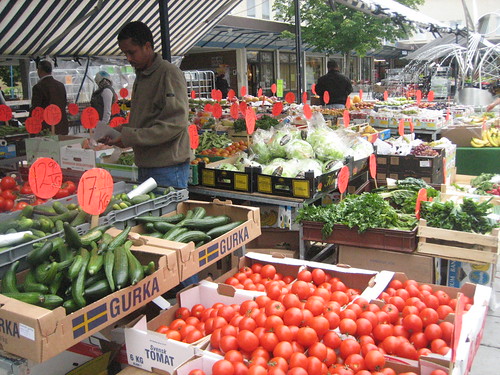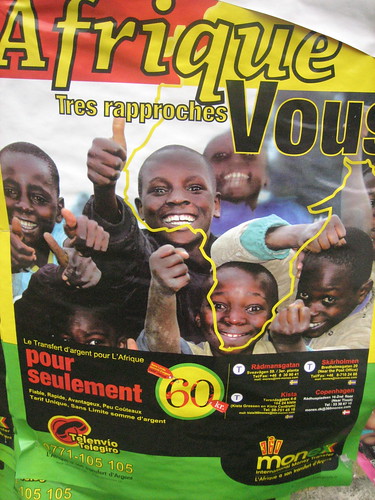Yemeni journalist and blogger Afrah Nasser lives in Stockholm. She wrote about visiting Rinkeby for the first time in a blog post on April 6, 2012.
Afrah says:
I've always heard from people in Stockholm that there is an area called Rinkeby that is so full of immigrants and you can even hardly see Swedes there. So, I decided to go there, yesterday. I wanted to go and discover this mini-Non-Swedish area.Afrah noticed a difference upon arrival at the Rinkeby metro station which was shabbier than most central Stockholm metro stations like, T-Centralen. She compared photos of both stations:
My first impression when I arrived at the metro underground was, “OMG, Why the metro underground looks horrible! why there is no decoration at the metro !! Like how it is in , for example, Karlaplan (Where Swedes dress/walk like there is some kind of a fashion show)! No ads, no pretty pics on the walls like how it's the case at the average metro' walls in the city.Many people living in Rinkeby can't find a good job outside the community because they don't have the minimum Swedish language skills. According to Tricia Wang, an American blogger and cultural sociologist who visited Rinkeby in 2008, the woman in the next photo fears her children won't have good work opportunities because of the level of English and Swedish spoken in their school.
At the end of her visit, Afrah said:
I said goodbye to Rinkeby with a feeling that Stockholm is segregated. Sana'a, my hometown, has been always segregated as well. The rich lived at one side and the poor at the other side. The Yemenis lived in one side and the immigrants lived at the other side. So, I know what social segregation means. There is an area in Sana'a called Safia that's heavily inhibited by Somalis. We used to call is Maqadishu. I bet Rinkeby is Stockholm's Safia. This is not new for me but it was interesting to discover this side of Stockholm.Written by محمد العامر · Translated by Mohammed Alamer Global Voices






No comments:
Post a Comment